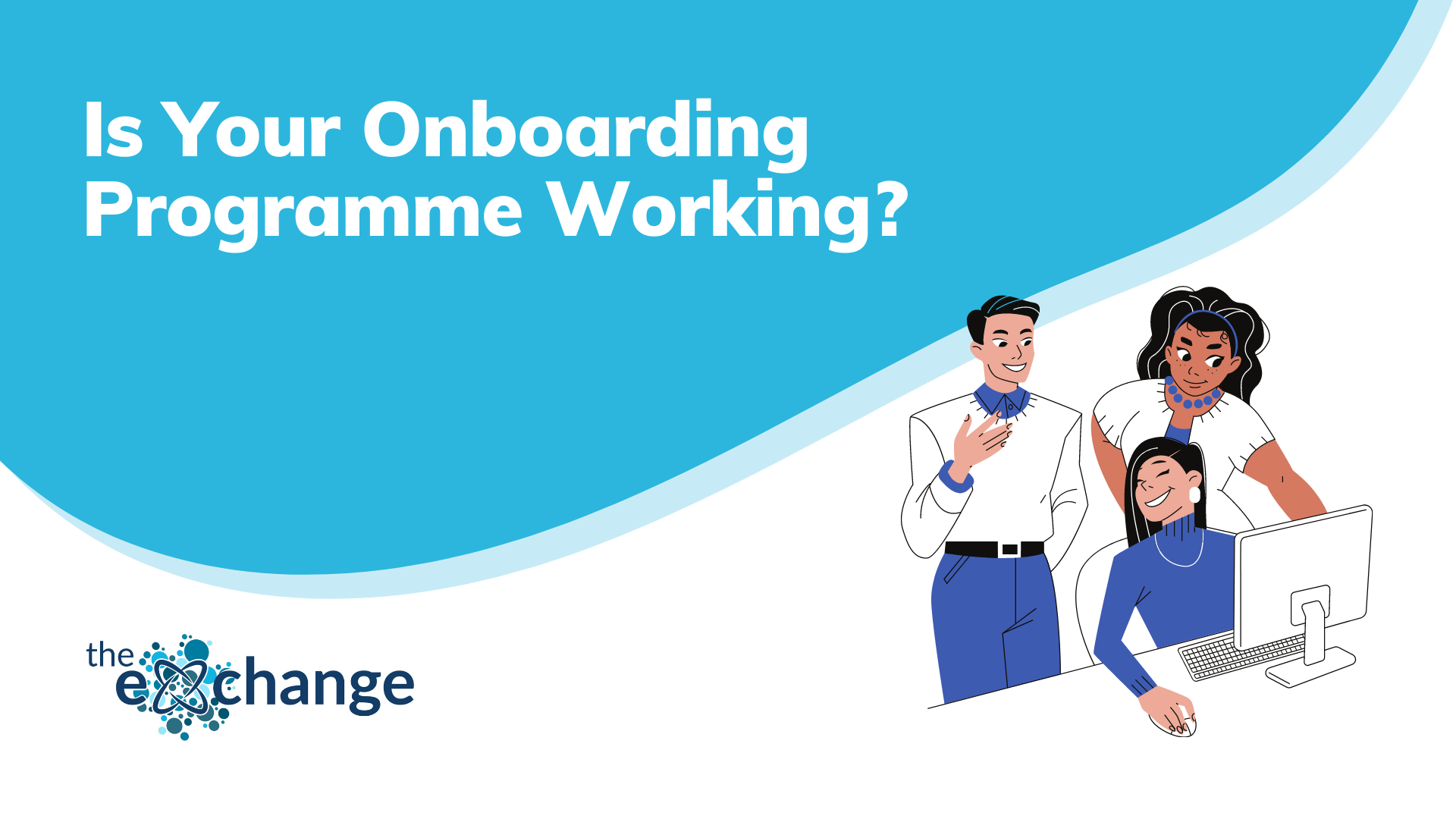
With the new year approaching, it’s timely to review your onboarding programme. Is the format still relevant? Is the content still current? We’ve talked about the importance of onboarding experience is here.
Onboarding programme helps ease new hires into their roles and there’re hard evidence
to show that it helps new hires get productive sooner and perform better.
The first year is crucial in influencing the new hire’s decision to stay on and you want to turn that joboffer “Yes” to a long-term “Yes”. Therefore, an employee onboarding roadmap should ideally cover a full year and not stop at a single session of induction programme.
Use the following checklist to assess your current on boarding programme:
Documentation
□ Your onboarding process is formally documented or written down somewhere.
□ It is clear who owns each task in the onboarding process.
□ It is chronological.
□ Timeframes are clearly indicated for each task.
□ If someone departs your company, is it clear who will be taking over their tasks.
Training Content
□ Any content you use for onboarding is free of “insider” jargon or terms.
□ Training material is up-to- date
□ Format is easy-to- access, e.g. digital resources is easier to access compared to hardcopy resources.
General
□ The programme plan addresses both cultural and technical onboarding.
□ There is a buddy or mentor system in place.
□ IT tasks are addressed in the programme plan and the IT department knows what their roles are.
□ Existing employees have ran through the plan and provided their feedback.
□ Checkpoints and feedback opportunities have been built into your programme plan.
□ The plan addresses the start to the end of the onboarding programme.
□ The plan also covers the time period after an employee accepts the job offer but before they start the job.
An employee onboarding roadmap contains a schedule of events and milestones the new hire goes through as part of onboarding. A sample roadmap may look something like this:
Before Employee Starts:
1. Share company mission, values and other key information via email
2. Send a personalised welcome. Include useful resources e.g. URLs to company intranet,
information about parking, lunch options etc
3. Ensure new hire’s workspace is set up. Check the desk, phone and computer.
4. Ensure new hire’s entry access is granted and set up.
Day 1:
1. Host a “culture welcome”. Get to know the new hire outside of work.*
At Evolution, we invite new hire to have lunch with his or her new colleagues. The groups are kept small so the new hire gets a chance to interact with everyone. The lunch sessions typically happen during the new hire’s first week. We also take the new hire out for Welcome drinks after work hours on Friday.
2. Share the onboarding programme plan with the new hire.
3. Announce the new hire’s arrival in email.
4. Take the new hire for an office tour and introduce him or her to the peers.
First 30-90 days:
1. Introduce to key business partners/leaders
2. Make time for periodic one-on- one sessions and peer feedback
3. Provide opportunities for new hire to have customer, field and product experiences
4. Allow for job shadowing
5. Monitor progress and performance of new hire
6. Survey new hire and direct manager
7. Honour monthly achievements* or special occasions, e.g. birthdays
8. Encourage participation in the company’s voluntary activities
At Evolution, peers can vote each other to be the MVP of the Month. This makes the new hire. and staff feel appreciated and recognised.
First Year:
1. Remind hire about the benefits and incentive programmes
2. Communicate ongoing learning/training opportunities
3. Recognise achievements
4. Stay connected with formal and informal two-way feedback
Get feedback from the new hire’s direct managers. Ask their views on the new hire’s performance, the one-to- one sessions with the new hire and other areas in the on boarding road map they have been involved in etc. You can have the same questionnaire or survey for all managers which would help you track responses and jot down in your on boarding programme’s progress report.
Get feedback from the new hire too. Ask their views on specific areas of the programme and how it can be improved. The new hire most likely would have experienced onboarding programmes at other companies and would able to give you new ideas!
Measure the company’s retention rate. Track the average length of time an employee stays at your company, how any changes to your onboarding programme have affected those numbers. The findings should be able to help you determine time points where the flight risk is greater. You would then be able to look into implementing interventions before that.
Visit these pages for more tips on improving your candidate experience:
Love this article? Share it!